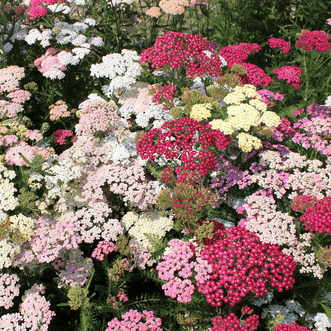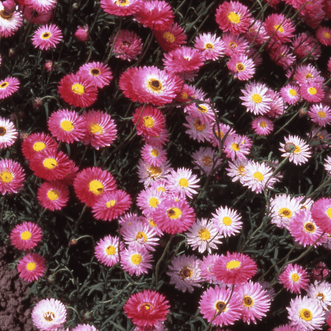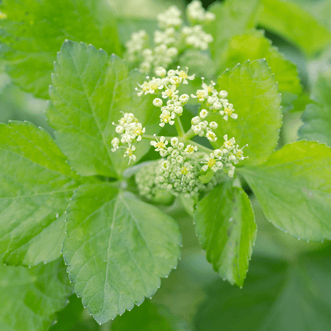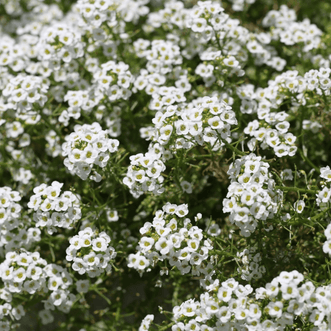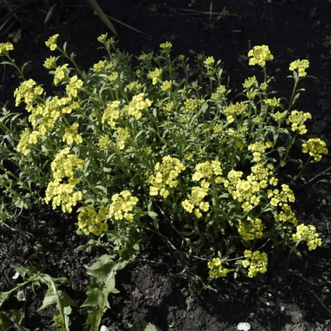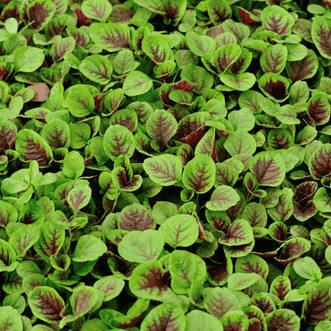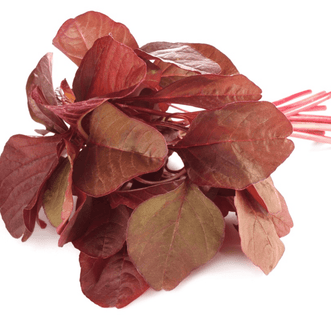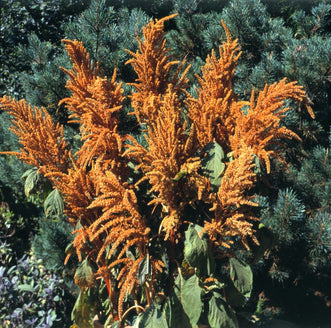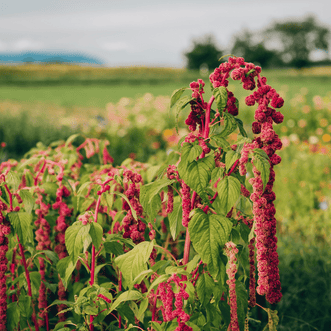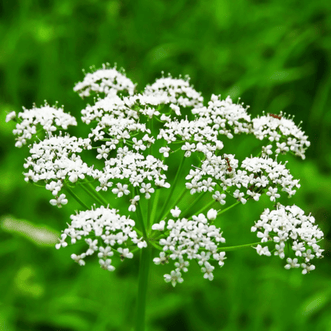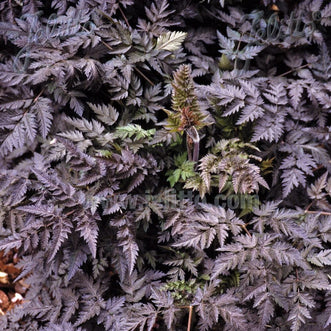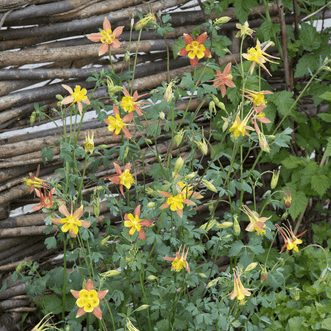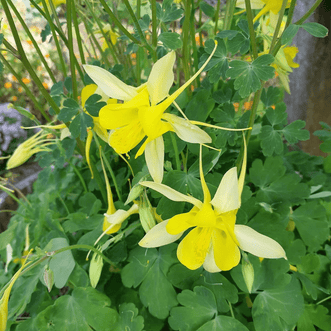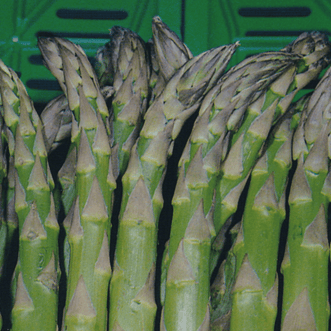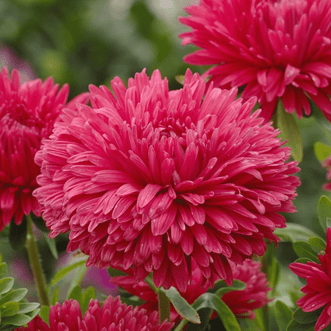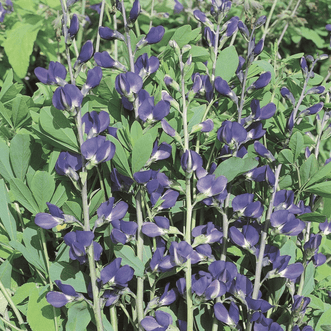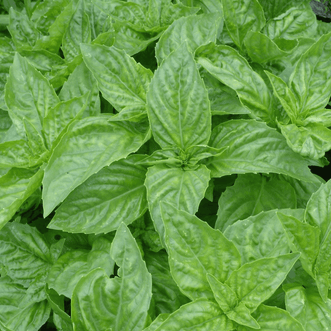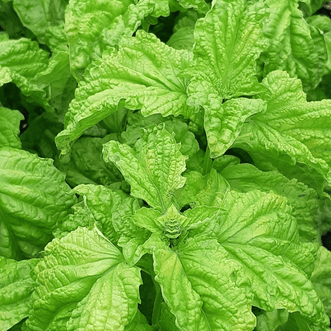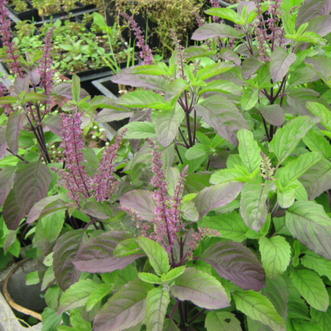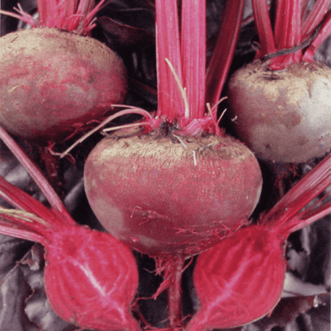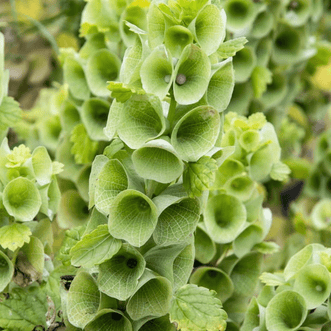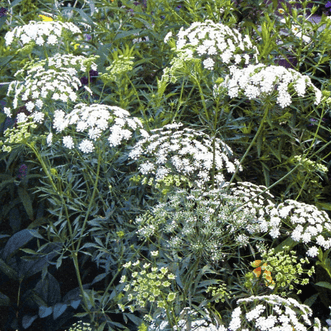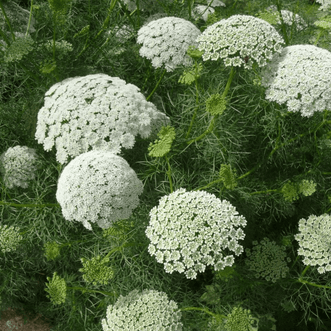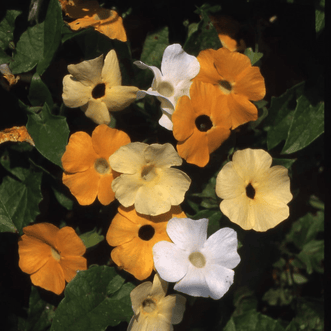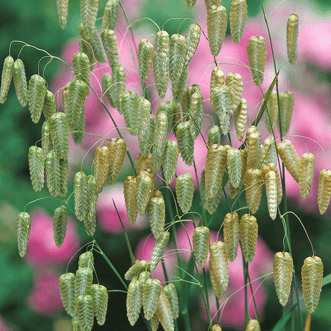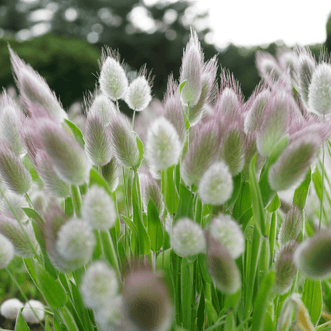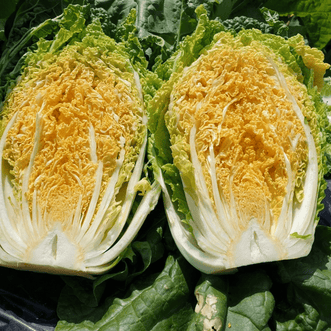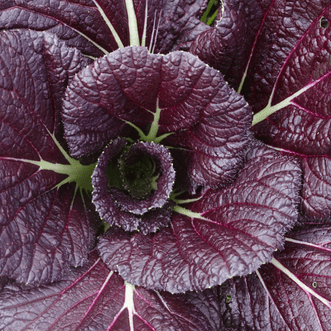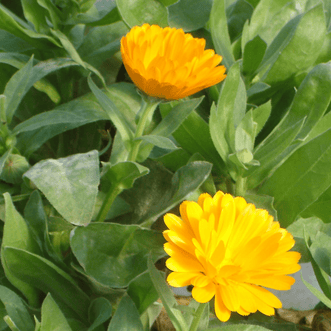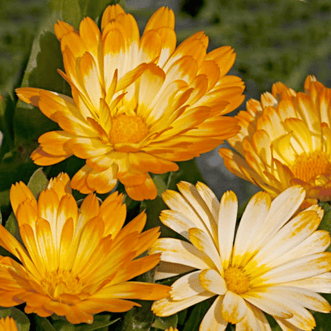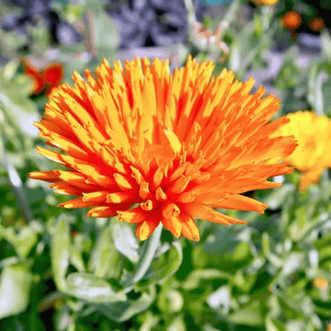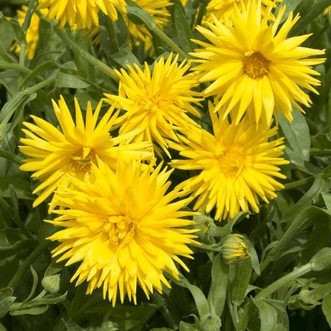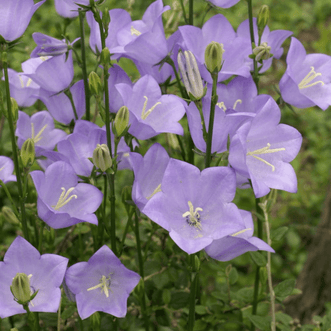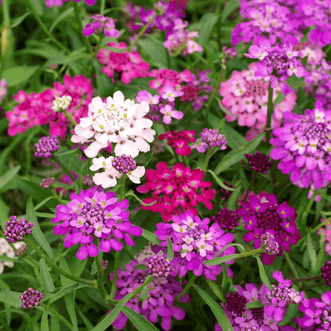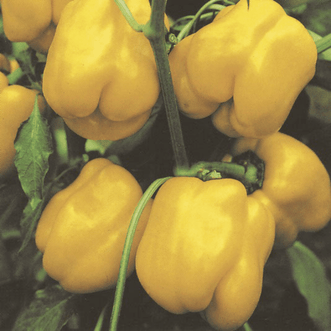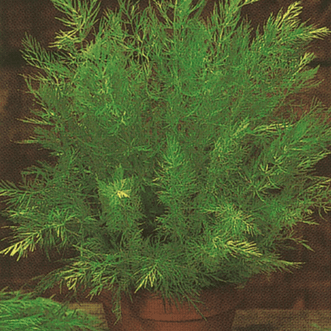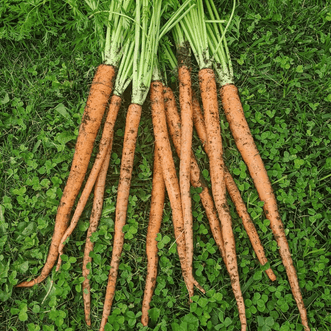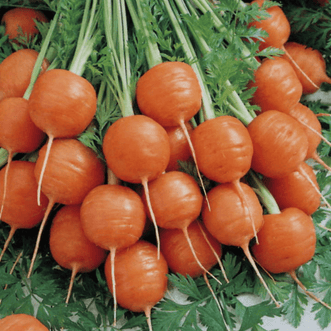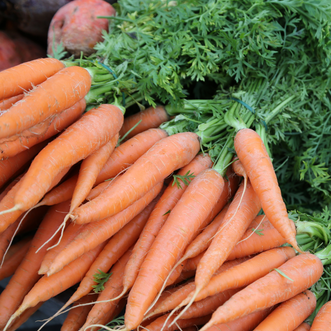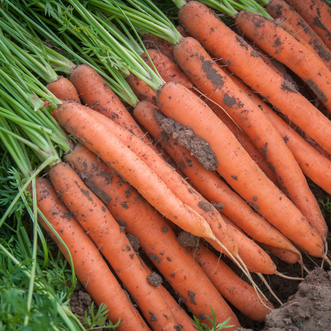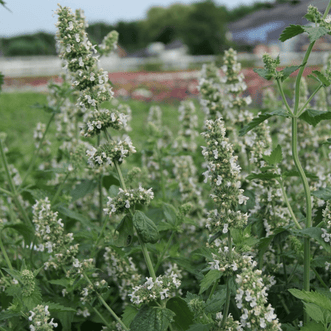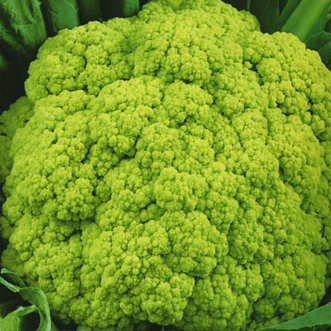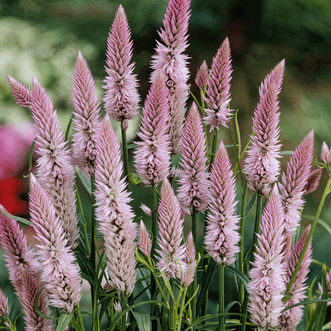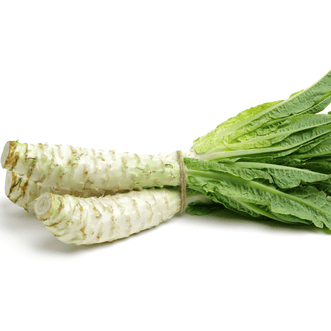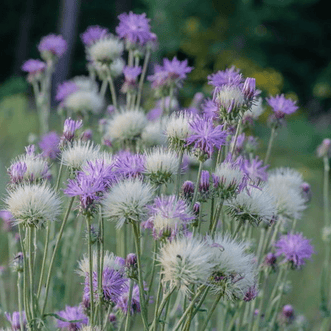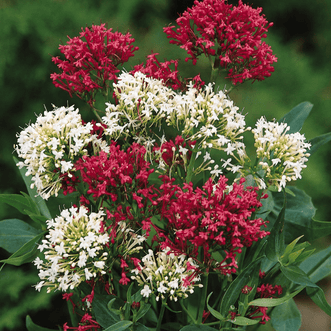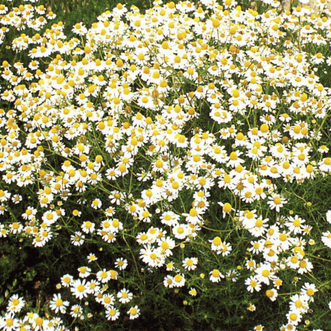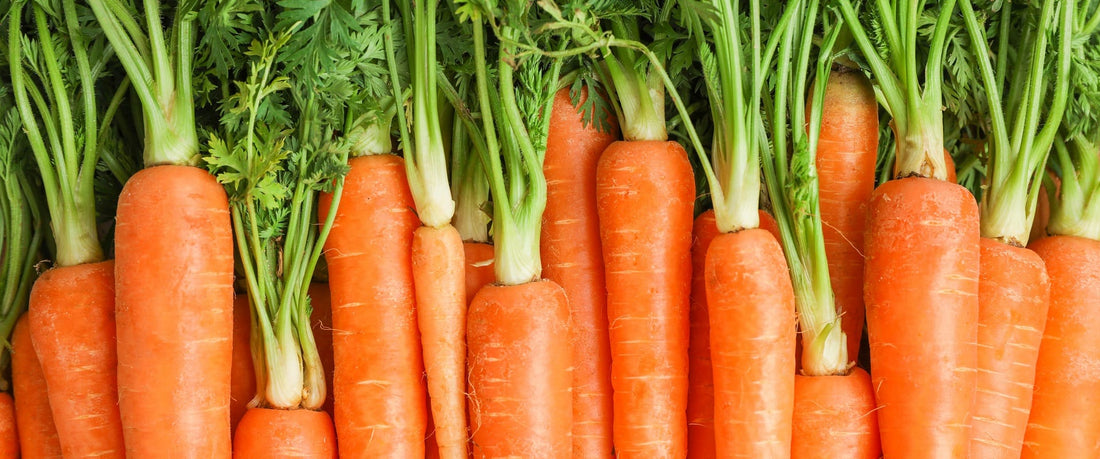
Carrots - Daucus Carota
CarolynFor the last couple of years we have been getting frustrated with our attempts to grow carrots in our home garden..... we just didn't seem to be getting it right - most of our carrots seemed to be twisty and stumpy. We persevered and put a bit more effort into the soil preparation and took Gerard's advice about not sowing into soil too rich in compost. We sowed our most recent crop of carrots on Christmas Eve (Carrot Touchon) and they have been absolutely fantastic - lovely long straight carrots in abundance! We are just pulling up the last of them now. So finally we are no longer carrot-challenged gardeners! This week we thought we would give you a bit more info about the different types of carrots that are available...
Sowing and growing advice for Carrots:
We gave the following advice for sowing carrots in a previous blog post, but thought it might bear repeating here:
Good quality carrots require plentiful moisture and a soil that is deep (at least 20-25cm), loose and free of lumps and stones. If you are keen to grow carrots, we have some advice for you.....make sure you are not sowing your carrots into soil to which you have recently added fresh manure. Make sure you have added your compost well in advance to give the material time to break down before sowing your carrots - sowing into soil that is too rich will encourage sappy growth and forking of the roots. Soil temperature can also be critical for successful carrots - seed will struggle to germinate below 5 degrees and high temperatures can also mean slow germination. At about 10 degrees C, germination will occur within 10 days. Carrots love light, well drained fertile soils and root growth is fastest at temperatures between 15 and 18 degrees.
Sow your carrots where they are to grow - you can then thin them in stages so they they are the correct distance apart.
Carrots are cool-weather vegetables, so start sowing about two weeks before the last expected frost in your area.
Make successive plantings every three weeks but avoid the hottest part of the summer. You could consider growing Carrot Kuroda in summer as it is more tolerant of warm temperatures.
Sow in drills about 2cm deep and 15cm apart. With this spacing the foliage of adjacent plants will make a dense canopy when the plants are mature.
Sow the seeds sparingly on top, then cover with about 0.5cm of soil. Try to space them 1cm apart. Carrot seeds are tiny so you could try mixing them with sand to make sowing easier, or you could sow a mixture of carrots seeds and radish seeds. The radishes will germinate quickly and will mark the rows until the carrots come up. And you can pick and eat the radishes before they get in the way of the carrots.
Seeds must be kept moist to germinate. Heavy rains after sowing may compact the soil surface, making it more difficult for the seedlings to emerge. Covering the row with a plank after sowing seeds may help to prevent this, and will also improve germination in dry weather, as it will help to retain soil moisture. Carrot seed doesn't need light to germinate. Check frequently and remove the plank when the seeds have germinated. Mulching will help hold the moisture, will make it easier to water without disturbing the seeds, and will help to keep any exposed carrot shoulders from turning green.
To prevent diseases, make sure you are not growing carrots in the same spot more often than once every three years.
To harvest your carrots, pull them up when the roots are at least 1cm in diameter. You may need to loosen the soil around the carrot to allow them to be pulled up - the carrot tops may not be strong enough to actually be pulled from the ground and it is a shame if your carrots are left behind!
Types of Carrot
Gerard gave us all some info on some of the different types of carrot and we thought you might like to have some of that info passed on to you....
Ball type:
These are ideally suited to tough soils as they can grow on the surface - an example is Carrot Paris Market which is also popular with chefs as a very attractive gourmet carrot.
Berlicum type:
A berlicum carrot is straight with a blunt end and will grow to about 20cm long. In our range you could choose Amsterdam Forcing, Carrot Berlicum or Carrot Mini Sweet
Nantes type:
A Nantes (pronounced "Nonce") carrot is straight with a pointed end, and is slightly longer than a berlicum carrot, growing to about 25cm long. In our range you could choose Scarlet Nantes or Carrot Touchon.
Chantenay type:
A Chantenay carrot is a chunky carrot - short and tapered - and is an ideal roasting carrot. In our range you could choose Chantenay Red Core.
Kuroda type:
The Kuroda carrot is suitable for growing in the higher temperatures of summer or in tropical areas and is thick and tapered. In our range we offer Kuroda Improved.
Flakee type:
These carrots grow very large and therefore make good stock fodder. In our range you could choose Carrot Orange Jumbo.
Imperator type:
These carrots grow long and straight and are therefore good processing carrots. Some of the imperator type carrots in our range are Carrot Nutri Red, Carrot Purple Dragon, Carrot Rainbow Blend, Carrot Solar Yellow and Carrot White Belgian.
In addition to these types of carrot, we also have Carrot Samantha, which is a hybrid cross (Berlicum x Imperator). Popular with our commercial growers, this carrot is long, slender and blunt ended. They can be grown close together, forcing them to grow long, straight and slender. They have their mature orange colour even when tiny, making Samantha a popular choice for a baby carrot.
I thought it was interesting to be able to choose a carrot especially for roasting, for baby carrot production or for the shape you prefer.
Last year, we introduced Carrot Rainbow Blend into our range and it rocketed straight into the best-selling list. We weren't surprised, as it is a lot of fun to sow a row of carrots and then pull up a carrot that could be red, purple, white or yellow -or just plain orange.
Carrots have been grown in a rainbow of colours for several thousand years.....the Dutch breeders, paying homage to their Royal family - the House of Orange - were responsible for breeding and promoting the orange carrot in the 1600s and 1700s. They were so successful in doing so that orange carrots are now considered standard and the other colours are "gourmet" and "unusual".
August is a good time to start sowing your carrots, so we thought that a bit of info now would be useful to help you choose your carrots this year! Why not try one you haven't grown before?
Imagine your next year's harvest!!

